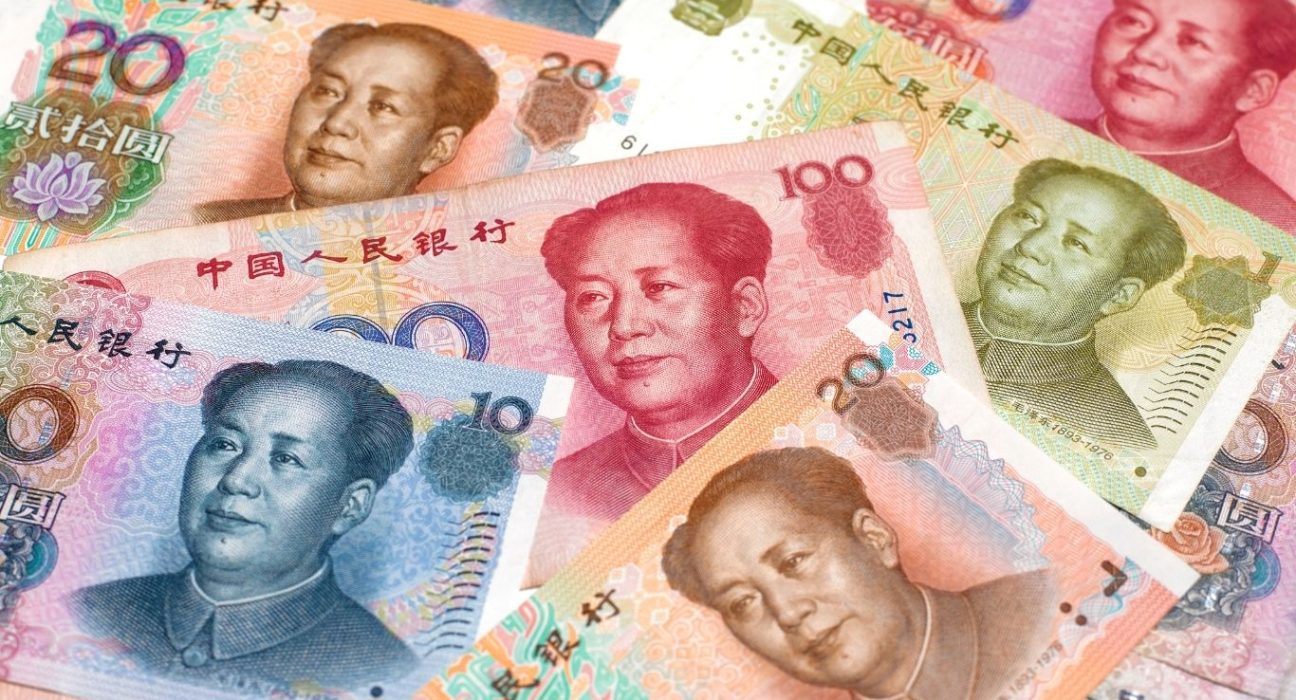Introduction:
The Chinese yuan weakened by 0.1% against the US dollar as softer-than-expected imports data raised concerns about the sustainability of the post-COVID economic rebound in China. This article explores the implications of this development on China’s economy and global trade.
China’s Post-COVID Economic Rebound
China’s economy was among the first to recover from the COVID-19 pandemic, driven by strong exports, robust infrastructure investment, and stimulus measures. The country’s GDP growth rate reached 18.3% in the first quarter of 2021, the highest in decades. The government has set a target of 6% GDP growth for the year, indicating confidence in the economy’s resilience.
However, recent data suggests that the post-COVID rebound may be losing steam. China’s exports grew at a slower pace in April, while imports unexpectedly fell, reflecting weakening domestic demand. This trend is concerning for a country that heavily relies on exports to drive economic growth.
Chinese Yuan Weakens Against US Dollar
The Chinese yuan fell 0.1% against the US dollar, inching closer towards the 7 level. This is significant because the yuan has been trading in a narrow range against the dollar for the past few months, with the People’s Bank of China (PBOC) keeping a tight grip on the currency’s movements.
The weaker yuan reflects concerns about China’s economic outlook and the impact of the pandemic. A weaker currency makes exports cheaper, which could help boost demand, but it also makes imports more expensive, which could weigh on domestic consumption.
China’s Trade Relations with the US
China’s trade relations with the US have been strained in recent years, with both countries imposing tariffs on each other’s goods. The Biden administration has signaled a desire to maintain a tough stance on China, particularly on issues related to human rights and intellectual property.
The weaker yuan could exacerbate tensions between the two countries, as a cheaper yuan would make Chinese goods more competitive in the US market, potentially leading to accusations of currency manipulation.
Implications for Global Trade
China is the world’s second-largest economy and a major player in global trade. A weaker yuan could have ripple effects on other currencies and trade relations around the world. For example, a weaker yuan could make it more difficult for other Asian countries to compete with Chinese exports, potentially leading to trade tensions in the region.
Additionally, a weaker yuan could lead to capital outflows from China, as investors seek higher returns in other currencies. This could put pressure on China’s financial system and lead to instability in global financial markets.
Conclusion
The weaker yuan against the US dollar is a signal that China’s post-COVID economic rebound may be losing momentum. Weaker-than-expected imports data suggests that domestic demand is weakening, which could have ripple effects on global trade. China’s trade relations with the US are already strained, and a weaker yuan could exacerbate tensions between the two countries. The implications of a weaker yuan on other currencies and global trade are significant, and the situation is worth monitoring closely.










